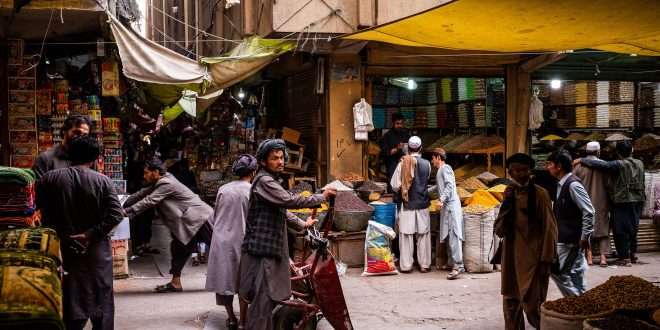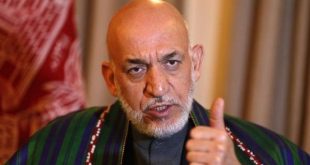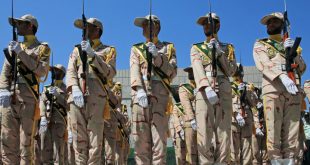AT News
KABUL – Afghanistan is once again on the brink of economic turmoil, grappling with the depletion of humanitarian aid and enduring challenges under Taliban rule. Two years into the Taliban’s governance, the nation remains one of the world’s poorest, with pervasive economic struggles and escalating humanitarian needs. The United States Institute of Peace has prognosticated a bleak outlook for Afghanistan economy, emphasizing the repercussions of the Taliban’s policies on women and dwindling humanitarian aid.
The World Bank reports, presented at a recent USIP event, reveal a fragile economic landscape. While the Taliban claim progress in countering corruption, Afghanistan heavily relies on international humanitarian aid, set to decrease by half in 2023. The Taliban’s opium ban, intended to curb addiction, may exacerbate rural poverty without alternative livelihood programs. Moreover, the deportation of hundreds of thousands of Afghans from Pakistan intensifies the economic strain, diverting potential remittances to the already struggling local economy.
Macroeconomic factors further complicate the situation. Disinflation, perceived as positive by the Taliban, threatens to shrink the economy, heightening unemployment and reducing government revenue. Weakening export growth, particularly in coal, adds to the challenges, signaling a need for diversified economic strategies.
The plight of Afghan women underscores the socio-economic struggles. Under the previous regime, women actively contributed to the workforce, holding positions in various sectors. However, since the Taliban’s takeover in 2021, over 140 decrees, including restrictions on women’s rights, have disrupted the gains made. Women, though still employed in sectors like education and healthcare, face reduced numbers, lower wages, and increased hurdles to economic participation.
The decline in women’s economic freedom is palpable. Formerly vibrant sectors like beauty parlors now witness closures, leaving thousands unemployed. The private sector, while not explicitly banned to women, faces indirect constraints, leading to a significant drop in female entrepreneurs and employees. The economic landscape for women, once a source of growth, family welfare, and vital services, has drastically diminished.
Addressing the economic challenges requires strategic interventions. The World Bank’s reports highlight the urgency of structural reforms to spur economic growth. Initiatives such as third-party monitoring for financial systems, unlocking frozen foreign exchange reserves, and boosting agricultural production could provide essential support. Long-term solutions necessitate regional cooperation, improved infrastructure, and crucial policy changes, including the inclusion of women in public life.
Afghanistan stands at a pivotal juncture, where the choices made today will shape its economic destiny. The international community’s role in supporting sustainable development, coupled with the Taliban’s willingness to embrace necessary reforms, will determine whether Afghanistan can overcome its economic hurdles and build a more resilient future.
 Afghanistan Times
Afghanistan Times




